 We’ve been enjoying some wonderful recess weather and games. It is a relief to be without heavy coats and all that gear. We’ve begun a new social problem-solving unit in Open Circle and we’ve begun planting, both in the greenhouse, and in our classroom. We’ve continued book clubs and writing responses to help us recall more details from our reading.
We’ve been enjoying some wonderful recess weather and games. It is a relief to be without heavy coats and all that gear. We’ve begun a new social problem-solving unit in Open Circle and we’ve begun planting, both in the greenhouse, and in our classroom. We’ve continued book clubs and writing responses to help us recall more details from our reading.
Seeds and Growing
This week we began two different growing projects. We started yellow and red Swiss chard out in the greenhouse as part of the school-wide square foot growing project. Once the seedlings are an inch or so, and have at least three sets of leaves, we will transplant them from their one-inch plug into the square foot bed. We’ll be observing the chard and collecting data to see if one type of chard grows more successfully than the other.
 We also began to learn about seeds. We soaked different types of beans so that we could learn about, see and label the five main parts of a seed. It was fun to see that the first leaves and roots are already in the seed before it is planted. All a seed needs is water and warmth – soon there will be a sprout.
We also began to learn about seeds. We soaked different types of beans so that we could learn about, see and label the five main parts of a seed. It was fun to see that the first leaves and roots are already in the seed before it is planted. All a seed needs is water and warmth – soon there will be a sprout.
In the classroom, the children chose different types of seeds to plant. We carefully put them against the side of a clear plastic cup so we could see the roots emerge first and maybe even notice the first green sprout before it pushes above ground. We’ve made guesses about which seed type we think might sprout first. You’ll see those in your child’s work this week. We know scientists make a hypothesis when they experiment, but we didn’t have enough information to make more than a guess at this point. Perhaps we’ll conduct a second experiment. Then we’ll be able to make a more informed choice. Which flower do you think might sprout first: morning glory, zinnia, cosmos, sunflower or marigold? Which vegetable do you think will be the first to germinate: corn, pumpkin, squash, bean or cucumber? We’ll let you know what we discover.
Practicing Paragraphing
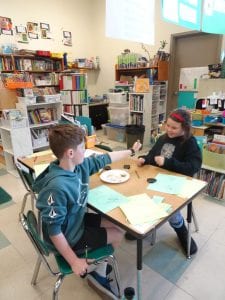 Last week we worked through a three step paragraphing process. First we collected facts about Mary Poppins. Next we chose what was most important on our list. From this we developed a t-chart with the topic sentence and three subtopics with their supporting details. From this chart we were able to create a three-paragraph description of Mary Poppins.
Last week we worked through a three step paragraphing process. First we collected facts about Mary Poppins. Next we chose what was most important on our list. From this we developed a t-chart with the topic sentence and three subtopics with their supporting details. From this chart we were able to create a three-paragraph description of Mary Poppins.
This week we’ve been reading both, information and fictional, books about seeds, planting and gardening. With the information from these books, we’ve created a collection of facts about seeds. On Thursday we brainstormed a list of possible main ideas. We thought of things like: seeds are the start, seeds come in many shapes and sizes, there are many different seeds, but they all begin to grow in the same way. On Friday each of the children began developing their own topic sentence and their subtopic t-charts. They talked about it with a partner and got some suggestions for organizing. They will use this plan to guide their paragraph writing process through to the end. Perhaps we’ll be able to publish them on our blogs next week.
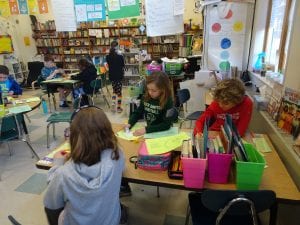 This is the same process the children will use to write paragraphs about their country wonders. We are hoping when you attend this museum, you’ll be able to see how our writing abilities have grown.
This is the same process the children will use to write paragraphs about their country wonders. We are hoping when you attend this museum, you’ll be able to see how our writing abilities have grown.
In Search of Wonders
Most of the children have been able to identify seven wonders in their country. Now that they’ve gathered names and titles of each wonder, they’ve been able to focus their research through Kiddle and KidRex, two search engines that are filtered and more likely to share understandable information (it can still be overwhelming.) They are doing a nice job, but it is a challenge with so much new and different information to understand.
If you have time to talk to your child about his/her country, I shared some websites in a blog post (I think all of the children know how to find it in the Research Resources category.) that could be explored together. Culture Grams and Fact Monster have all the countries. Fun Facts for Kids: Countries and Kid’s World Travel Guide have many of the countries, but not all. Your children could benefit from one-on-one help to guide them through information, sidebars and links. There’s a lot of information that they miss because it is too much to take in. They could benefit from conversations that help them imagine if their country is hot or cold, if the Wonder is in a place that might be quiet or loud, etc…
Now that the children are discovering national differences, our class is talking about how people everywhere are alike as well. We’ve begun reading stories about families who have been displaced when conflicts have come to their homelands. We’ve been struck by how many instances across time families have had to leave their 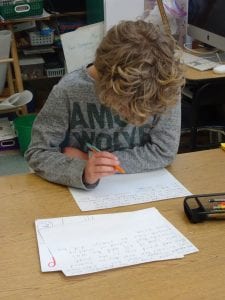 homes to find safer places. We’ve read Four Feet, Two Sandals, Gleam and Glowand Flowers for Sarajevo. We are realizing there are many things we can do to make the world happier and more peaceful. A smile is a good first step.
homes to find safer places. We’ve read Four Feet, Two Sandals, Gleam and Glowand Flowers for Sarajevo. We are realizing there are many things we can do to make the world happier and more peaceful. A smile is a good first step.
Bits and Pieces –
- We’ve finished reading Mary Poppins. We’ll take some time to create pictures illustrating our favorite parts from the book. After we’ve created our pictures, we’ll watch the movie together. We’ll create a diagram tracking the similarities and differences between the book, the play and the movie. It’s been a fun story to share.
- Liam bought our class a Venus Fly Trap and we’re learning how to care for it and hope to help it thrive. THANK YOU Liam! What a fun addition to our classroom.
- We’ve continued working with place value and attempting to organize our addition equations through use of the standard algorithm. Some of the children are very comfortable with this process and others remain uncertain. We’ve reviewed rounding and are trying to use that process to help us be more accurate when solving problems with larger amounts.
- We’ve continued to explore elements of force and are preparing for experiments that help us understand area, density and friction. Next week we’ll explore friction and slides. What surface makes the fastest slide?
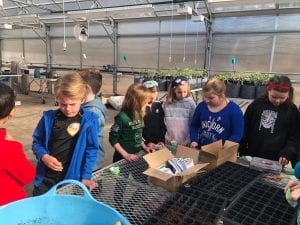


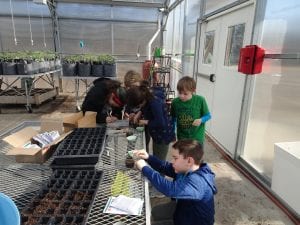
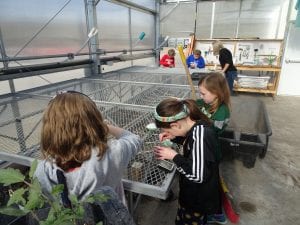

 We’ve been learning about seed parts, seeds, planting and growing. This week be began a seed growing experiment in the classroom and began chard as part of our school-wide square foot gardening project.
We’ve been learning about seed parts, seeds, planting and growing. This week be began a seed growing experiment in the classroom and began chard as part of our school-wide square foot gardening project. About six weeks ago Sutton collected apple seeds from his lunch and planted them. We have seven 4-inch apple tree seedlings in our classroom. We’re going to see how they thrive in the nice warm greenhouse. All our growing projects inspired us to share spring thought on our blogs. Please leave a comment when you read them. They are inspiring.
About six weeks ago Sutton collected apple seeds from his lunch and planted them. We have seven 4-inch apple tree seedlings in our classroom. We’re going to see how they thrive in the nice warm greenhouse. All our growing projects inspired us to share spring thought on our blogs. Please leave a comment when you read them. They are inspiring.
 Spring is here! Yay! The snow has melted off the field and recess is full of running sliding and mud. (Sorry, but they did have fun J). The sun feels wonderful and we are looking forward to the final third of this third grade year. This week we’ve spent time talking about the difference between having the ability to do something and actually doing it. We talked about the importance of thoughtfully approaching each task and reflecting on how our choices can help us learn … or not. Keeping our reading logs will help us uncover patterns that can help us grow as readers. Crafting sentences are thoughtfully can help us communicate more effectively with our readers.
Spring is here! Yay! The snow has melted off the field and recess is full of running sliding and mud. (Sorry, but they did have fun J). The sun feels wonderful and we are looking forward to the final third of this third grade year. This week we’ve spent time talking about the difference between having the ability to do something and actually doing it. We talked about the importance of thoughtfully approaching each task and reflecting on how our choices can help us learn … or not. Keeping our reading logs will help us uncover patterns that can help us grow as readers. Crafting sentences are thoughtfully can help us communicate more effectively with our readers.
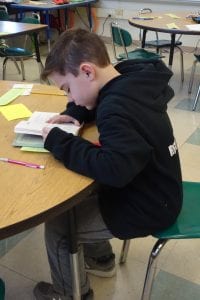 This week we began a new round of book clubs. The students are working in groups of two, three and four to read, write about and discuss what’s happening in their books. The groups are reading: Please Write In This Book, The Case of the School Ghost, The Mystery of the Stolen Statue, Hachiko Waits and The Gadget War. Each group is organizing their own reading times, amount and are selecting the type of response they would like to do with each reading. I’m pleased to share that most of the children are taking the responsibility to meet the deadlines and to be prepared to meet and share. They are using the following response strategies: Sketch to Stretch, Essence Summary, or A Line a Page. Everyone in the class seems to be having fun. They enjoy sharing their ideas and realize that they can do that more effectively when they take time to reflect on their reading.
This week we began a new round of book clubs. The students are working in groups of two, three and four to read, write about and discuss what’s happening in their books. The groups are reading: Please Write In This Book, The Case of the School Ghost, The Mystery of the Stolen Statue, Hachiko Waits and The Gadget War. Each group is organizing their own reading times, amount and are selecting the type of response they would like to do with each reading. I’m pleased to share that most of the children are taking the responsibility to meet the deadlines and to be prepared to meet and share. They are using the following response strategies: Sketch to Stretch, Essence Summary, or A Line a Page. Everyone in the class seems to be having fun. They enjoy sharing their ideas and realize that they can do that more effectively when they take time to reflect on their reading. We are two thirds of the way through reading Mary Poppins. She is quite different in the book, than she was in the play or the movie. To learn about paragraphing to we brainstormed a list of statements we could make about Mary Poppins based on what we’d read so far. Once we had collected ten statements, we decided that the most important thing about her is that she is magical.
We are two thirds of the way through reading Mary Poppins. She is quite different in the book, than she was in the play or the movie. To learn about paragraphing to we brainstormed a list of statements we could make about Mary Poppins based on what we’d read so far. Once we had collected ten statements, we decided that the most important thing about her is that she is magical.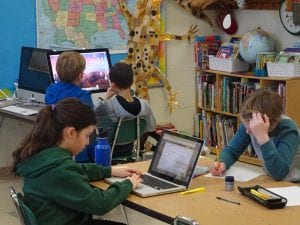 she does surprising and unpredictable things. We added supporting details from the text as evidence and in no time we had a three -paragraph piece about Mary Poppins.
she does surprising and unpredictable things. We added supporting details from the text as evidence and in no time we had a three -paragraph piece about Mary Poppins.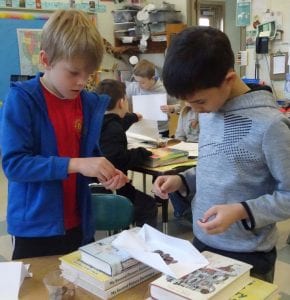 A force is a push or a pull. That idea was easy to understand when we watched a tug-of-war. We understood the different forces that made our Hopper Popper jump HIGH last week. We discovered we could change the strength of the force by adding more rubber bands or by using thicker rubber bands or by changing the size and weight of the popper.
A force is a push or a pull. That idea was easy to understand when we watched a tug-of-war. We understood the different forces that made our Hopper Popper jump HIGH last week. We discovered we could change the strength of the force by adding more rubber bands or by using thicker rubber bands or by changing the size and weight of the popper. This week we expanded our understanding of force by looking at bridges. How do the lines of force help engineers design bridges? How do they balance pushes and pulls so the bridges we build can hold weight? How do they design bridges so they are safe to use? We learned some about pedestal, arch and truss bridges. Once we knew about bridges, we took on an engineering challenge to design a bridge using just two pieces of regular copy paper. The extra competition was to see which bridge could hold the most pennies (or coins when we had no more pennies to use).
This week we expanded our understanding of force by looking at bridges. How do the lines of force help engineers design bridges? How do they balance pushes and pulls so the bridges we build can hold weight? How do they design bridges so they are safe to use? We learned some about pedestal, arch and truss bridges. Once we knew about bridges, we took on an engineering challenge to design a bridge using just two pieces of regular copy paper. The extra competition was to see which bridge could hold the most pennies (or coins when we had no more pennies to use).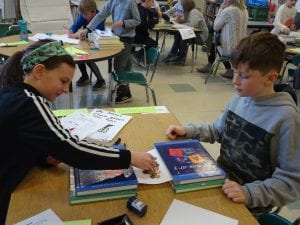 The fun part of this challenge was that we hoped we’d fail, because each failure helped us to discover a solution. We discovered that sheets of paper could become very strong when we change their shape by crumpling, folding or coiling. We had fun building and discovering how force impacts a structure. Whether a bridge held 80 pennies of 280 pennies each team learned how to change a design at the point of failure. We discovered that paper is strong with the right design. Ask your child what he or she did to strengthen the paper so the bridge would stand.
The fun part of this challenge was that we hoped we’d fail, because each failure helped us to discover a solution. We discovered that sheets of paper could become very strong when we change their shape by crumpling, folding or coiling. We had fun building and discovering how force impacts a structure. Whether a bridge held 80 pennies of 280 pennies each team learned how to change a design at the point of failure. We discovered that paper is strong with the right design. Ask your child what he or she did to strengthen the paper so the bridge would stand.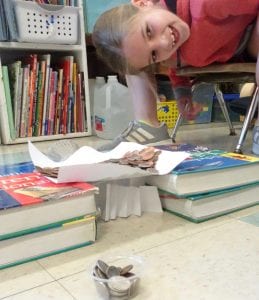
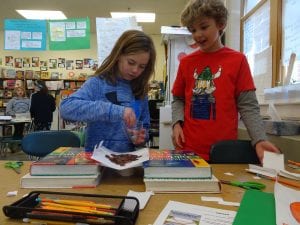
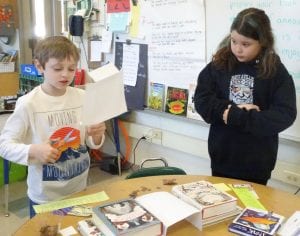
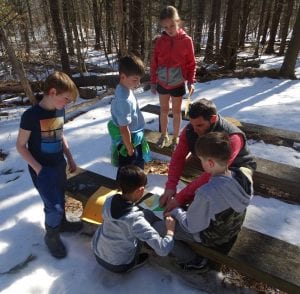
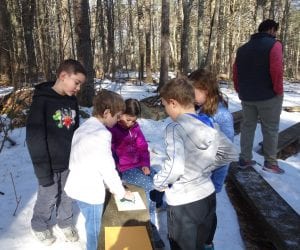
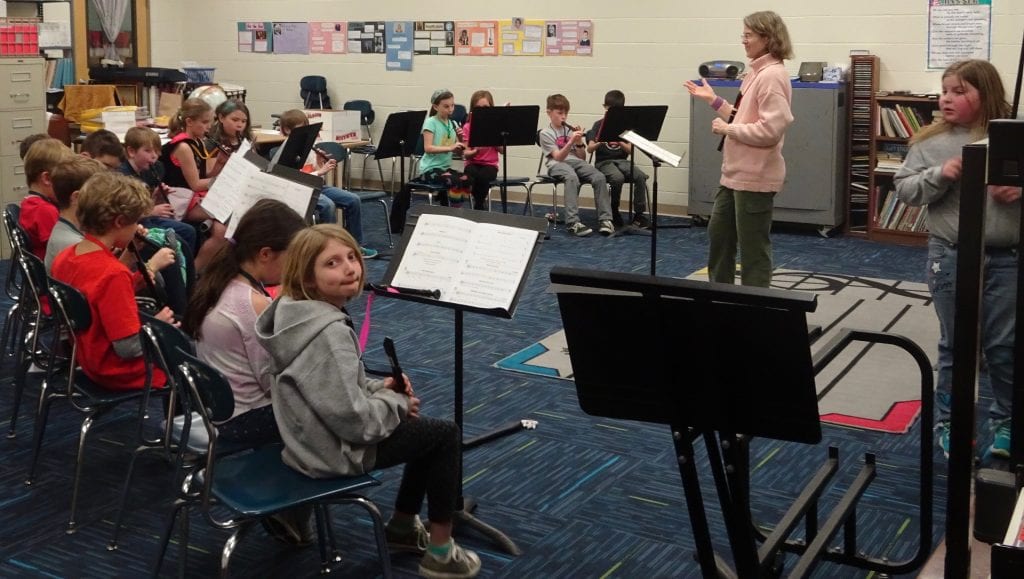
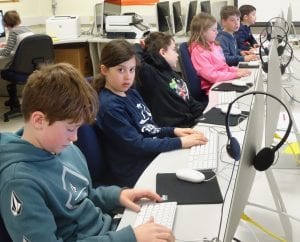 It seems wild that we have already reach the mid-point of March, and that we are two-thirds of the way through our school year. The days and weeks are flying by. I guess they always do, but I wish things could slow down a little so we can fit in more book discussions and research projects and art and building and, well, just have more time together. I know we’ll accomplish all that we can, but I’m just wishing to fit everything in so it feels exciting and well done.
It seems wild that we have already reach the mid-point of March, and that we are two-thirds of the way through our school year. The days and weeks are flying by. I guess they always do, but I wish things could slow down a little so we can fit in more book discussions and research projects and art and building and, well, just have more time together. I know we’ll accomplish all that we can, but I’m just wishing to fit everything in so it feels exciting and well done.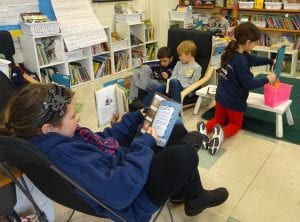 We’ve been reading picture books about friendships, feelings and kindness. We’ve been reading about different places around the world and the ways that people are the same and different at the same time. We’re halfway through Mary Poppinsand are excited to compare the book and the play.
We’ve been reading picture books about friendships, feelings and kindness. We’ve been reading about different places around the world and the ways that people are the same and different at the same time. We’re halfway through Mary Poppinsand are excited to compare the book and the play.
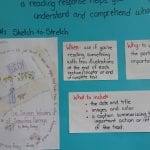
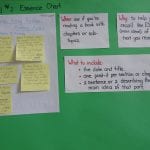 We are exploring different ways to respond to reading. We’ve learned three response types so far: Sketch to Stretch, Essence Charts and A Reflection Each Page. We practiced the final strategy together as a class while we were reading a chapter of Mary Poppins. We are also beginning a new round of book clubs. One group began this week and they’ve been able to see the benefit of keeping track of reading by writing. It really helps you think about what happening and to remember it.
We are exploring different ways to respond to reading. We’ve learned three response types so far: Sketch to Stretch, Essence Charts and A Reflection Each Page. We practiced the final strategy together as a class while we were reading a chapter of Mary Poppins. We are also beginning a new round of book clubs. One group began this week and they’ve been able to see the benefit of keeping track of reading by writing. It really helps you think about what happening and to remember it.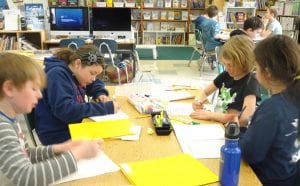 The fourth month of the 3E book contest and awards is coming up. The children are truly excited about creating innovative books and interesting stories. Often the children work together building the stories a page at a time. Some are really thinking of how they can include each of the elaboration strategies within each story. The ideas always start off great. Many of them leave us wishing for more when they end. The words, “to be continued,” often leave the class groaning.
The fourth month of the 3E book contest and awards is coming up. The children are truly excited about creating innovative books and interesting stories. Often the children work together building the stories a page at a time. Some are really thinking of how they can include each of the elaboration strategies within each story. The ideas always start off great. Many of them leave us wishing for more when they end. The words, “to be continued,” often leave the class groaning.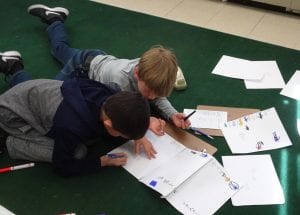 We have continued to work on sentence construction. We’ve practiced constructing simple, compound and complex sentences when looking at photographs of pictures of children from the countries we’ve begun researching. We’ve continued to focus on narrative
We have continued to work on sentence construction. We’ve practiced constructing simple, compound and complex sentences when looking at photographs of pictures of children from the countries we’ve begun researching. We’ve continued to focus on narrative 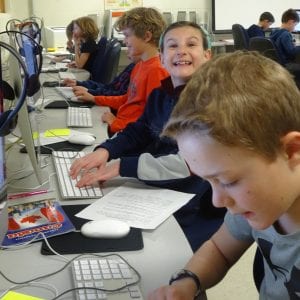 writing and done a teeny bit of more revision with our family stories.
writing and done a teeny bit of more revision with our family stories. We’ve been working with large amounts and place value. We’ve been reading amounts through the billions and identifying the value of digits in certain places. We’ve learned about the periods in numbers and how each period has a ones, tens and hundreds place. We’ve also been dealing with equivalent amounts such as 4 hundreds equaling 40 tens or 400 ones. We’ve also solved a variety of place value riddles. This work with place value is to help all of the children feel comfortable using the standard algorithm for addition and subtraction. Some of them are already there, while others feel nervous about making that step.
We’ve been working with large amounts and place value. We’ve been reading amounts through the billions and identifying the value of digits in certain places. We’ve learned about the periods in numbers and how each period has a ones, tens and hundreds place. We’ve also been dealing with equivalent amounts such as 4 hundreds equaling 40 tens or 400 ones. We’ve also solved a variety of place value riddles. This work with place value is to help all of the children feel comfortable using the standard algorithm for addition and subtraction. Some of them are already there, while others feel nervous about making that step.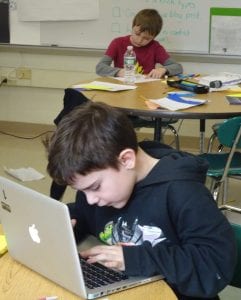
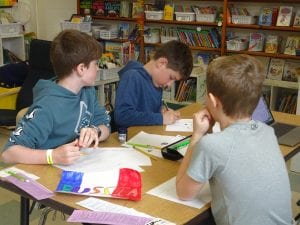 We’ve been working with Mrs. Herlihy in technology to create a weather forecast. We gathered the data in class, created the slides in technology and are now ready to write the script for the forecast. In two weeks time we hope to film our forecasts. It’s been quite a long process – surprising how our delays interrupted our scheduled technology times. Even though the process this year has been more draw out than we’d hoped, I think the children are learning a lot about weather, climates, mapping and are developing many technology skills they will use from now on in making presentations.
We’ve been working with Mrs. Herlihy in technology to create a weather forecast. We gathered the data in class, created the slides in technology and are now ready to write the script for the forecast. In two weeks time we hope to film our forecasts. It’s been quite a long process – surprising how our delays interrupted our scheduled technology times. Even though the process this year has been more draw out than we’d hoped, I think the children are learning a lot about weather, climates, mapping and are developing many technology skills they will use from now on in making presentations. We are having fun
We are having fun 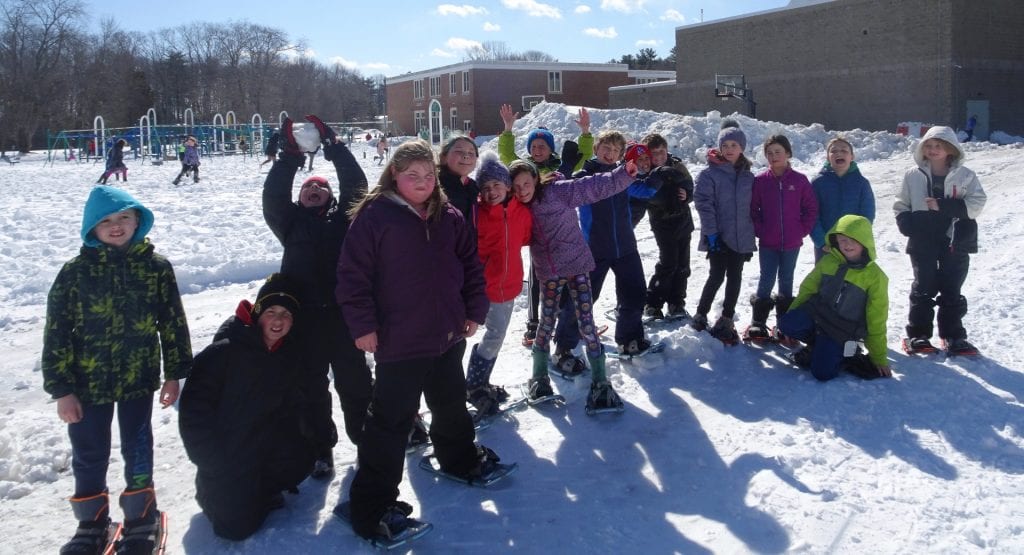
 I hope you had a restful and enjoyable vacation. Sorry to those who were touched by the stomach bug or were hit hard by colds. That’s not a fun way to spend any time, much less a vacation. I hope everyone is healing well and found some time for vacation fun. It seems though we, in 3E, are back in full swing – everyone has been here each day this week, so we’ll keep our fingers crossed.
I hope you had a restful and enjoyable vacation. Sorry to those who were touched by the stomach bug or were hit hard by colds. That’s not a fun way to spend any time, much less a vacation. I hope everyone is healing well and found some time for vacation fun. It seems though we, in 3E, are back in full swing – everyone has been here each day this week, so we’ll keep our fingers crossed.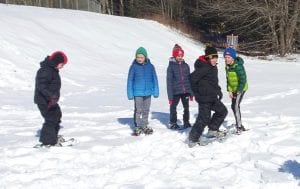 We’ve had a week filled with exciting opportunities. No school Monday, led to double lessons about reading response notebooks on Tuesday. The snow on Monday allowed us to spend our challenge time snowshoeing. It was a gorgeous winter day – perfect for a short snowshoe walk. We learned that snowshoeing is surprisingly hard work in new snow. We were glad for the snowshoes and for time outdoors in the woods. Wednesday was also the first day with our recorders – a much-anticipated day. Thursday we had the opportunity to see Mary Poppins at the Palace Theater. It was a musical and it was wonderful. We are looking forward to comparing the book, the play and the movie. Quite a week!
We’ve had a week filled with exciting opportunities. No school Monday, led to double lessons about reading response notebooks on Tuesday. The snow on Monday allowed us to spend our challenge time snowshoeing. It was a gorgeous winter day – perfect for a short snowshoe walk. We learned that snowshoeing is surprisingly hard work in new snow. We were glad for the snowshoes and for time outdoors in the woods. Wednesday was also the first day with our recorders – a much-anticipated day. Thursday we had the opportunity to see Mary Poppins at the Palace Theater. It was a musical and it was wonderful. We are looking forward to comparing the book, the play and the movie. Quite a week! We’ve struggled to find time to work on our family stories, but little by little we are conferencing and the children are adding information an answering questions to expand their stories. We also re-examined the three different types of sentences: simple, complex and compound. We’ve continued to learn about description and phrases and clauses. The children have been asked to think about what they are creating and to make choices about the sentences they create so the include all of the different types.
We’ve struggled to find time to work on our family stories, but little by little we are conferencing and the children are adding information an answering questions to expand their stories. We also re-examined the three different types of sentences: simple, complex and compound. We’ve continued to learn about description and phrases and clauses. The children have been asked to think about what they are creating and to make choices about the sentences they create so the include all of the different types.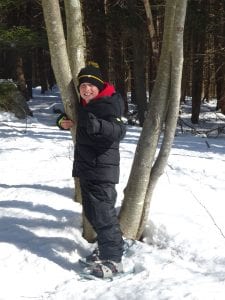 You can see some of this work on the latest blog posts. Most of the students were able to write and publish a personal narrative telling of a small vacation moment. These posts are showing what they know about narrative writing and what they can independently create in a forty-minute timeframe.
You can see some of this work on the latest blog posts. Most of the students were able to write and publish a personal narrative telling of a small vacation moment. These posts are showing what they know about narrative writing and what they can independently create in a forty-minute timeframe.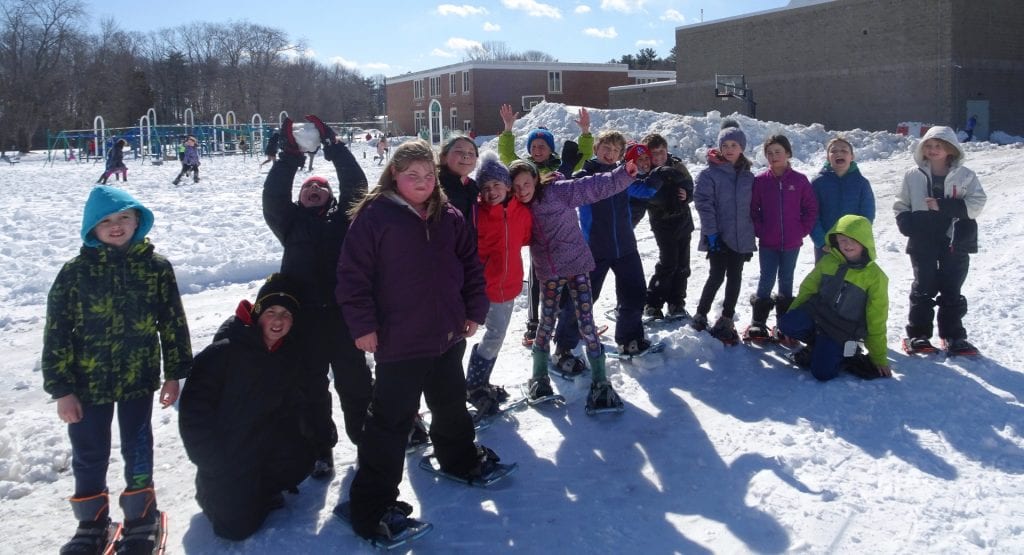
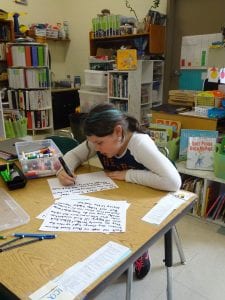 We began reading
We began reading  We’ve had quite a bit of
We’ve had quite a bit of 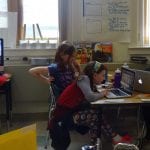 minutes for a some children to come into the classroom after a UA class, recess or snack because they are getting drinks from water bottles or sharing and showing and playing with their treasures.
minutes for a some children to come into the classroom after a UA class, recess or snack because they are getting drinks from water bottles or sharing and showing and playing with their treasures. 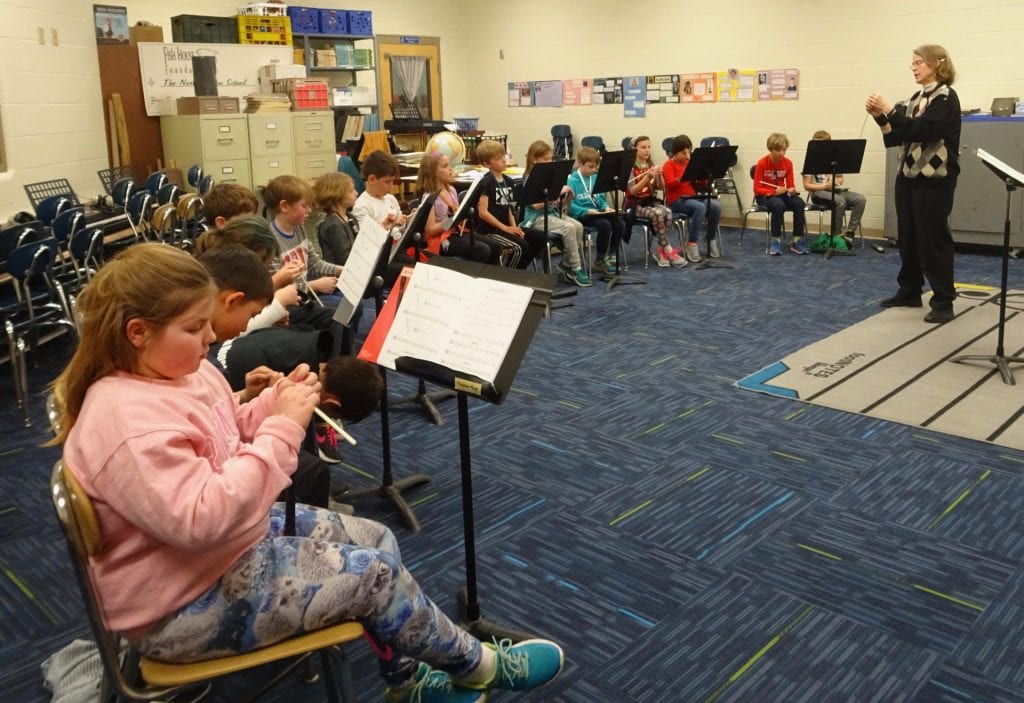


 While you’re trying to discover the stories behind some of the things you think could be Wonders from your country
While you’re trying to discover the stories behind some of the things you think could be Wonders from your country